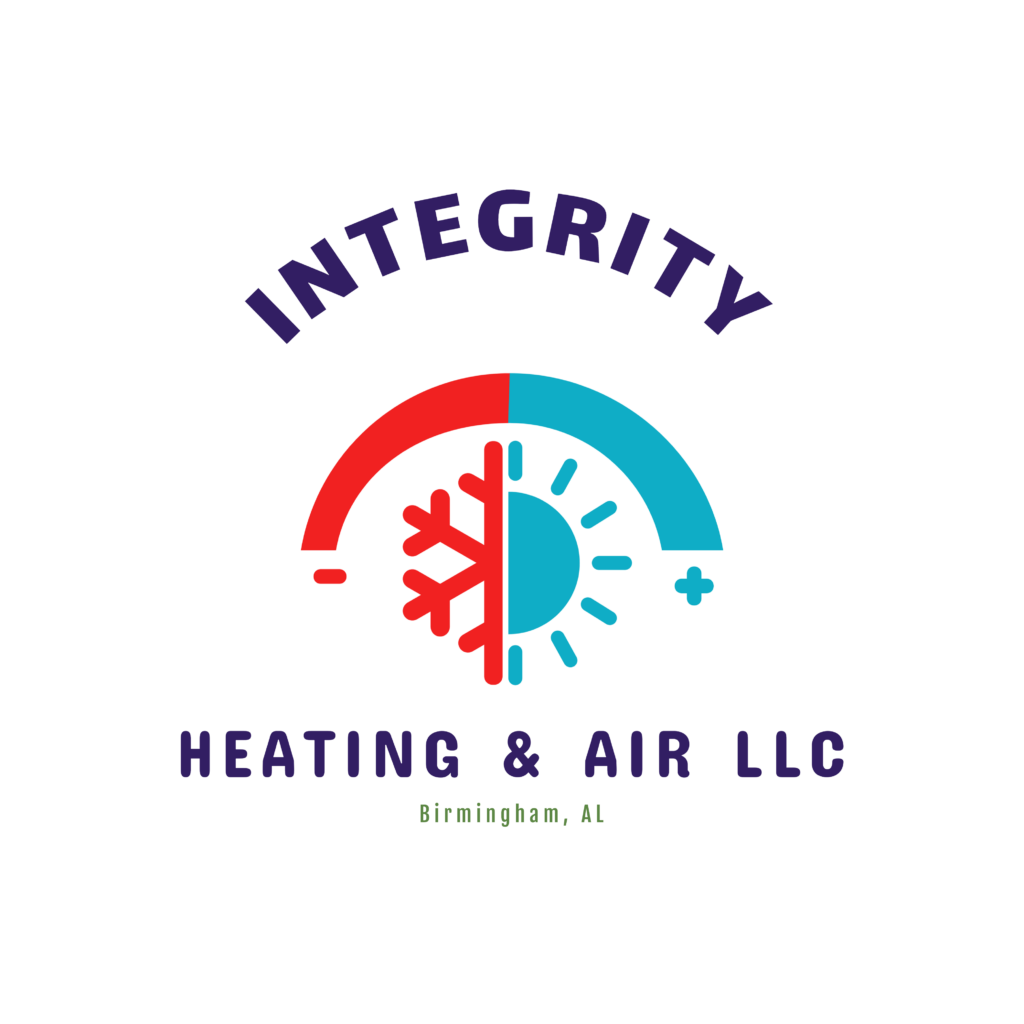Title: Exploring Energy Recovery Ventilation Systems: Improving Indoor Air Quality and Energy Efficiency
Energy recovery ventilation (ERV) systems are a crucial component of modern building designs, providing a cost-effective and energy-efficient solution for improving indoor air quality while reducing energy consumption. With a focus on sustainability and green building practices, ERV systems have gained significant attention in recent years for their ability to recover and recycle energy from the building’s exhaust air, resulting in reduced heating and cooling loads.
Indoor air quality has become a major concern for building occupants, as poor air quality can lead to health issues and reduced productivity. ERV systems offer a sustainable solution by continuously exchanging stale indoor air with fresh outdoor air while recovering energy from the exhaust air. This process not only ensures a constant supply of fresh air but also helps to maintain comfortable and healthy indoor environments.
One of the key benefits of energy recovery ventilation systems is their ability to improve energy efficiency. By capturing and transferring the thermal energy from the exhaust air to the incoming fresh air, ERV systems help to reduce the heating and cooling demands of the building. This can result in substantial energy savings and lower utility costs, making ERV systems an attractive option for both new construction and retrofit projects.
In addition to energy savings, ERV systems also contribute to the overall sustainability of buildings. By reducing the reliance on traditional heating and cooling systems, ERV systems help to lower greenhouse gas emissions and minimize the environmental impact of buildings. This aligns with the growing trend towards sustainable and eco-friendly building practices, making ERV systems an important consideration for architects, engineers, and building owners.
Furthermore, the implementation of ERV systems can enhance the overall comfort and well-being of building occupants. By maintaining proper ventilation and air exchange, ERV systems help to regulate indoor humidity levels and reduce the buildup of indoor pollutants, allergens, and odors. This can lead to improved occupant health, productivity, and overall satisfaction with the indoor environment.
As the demand for energy-efficient and sustainable building solutions continues to grow, ERV systems have emerged as a valuable technology for achieving these goals. With advancements in ERV technology and increased awareness of the benefits, the adoption of energy recovery ventilation systems is expected to rise across various building sectors, including commercial, residential, and institutional buildings.
In conclusion, energy recovery ventilation systems play a vital role in enhancing indoor air quality, improving energy efficiency, and promoting sustainable building practices. With their ability to recover and recycle energy while providing a constant supply of fresh air, ERV systems are a valuable investment for building owners and developers looking to create healthier, more efficient, and environmentally friendly indoor environments. As the industry continues to prioritize sustainability and energy conservation, the implementation of ERV systems is poised to become standard practice in the design and construction of modern buildings.

